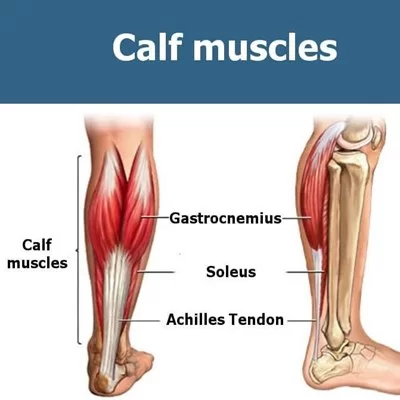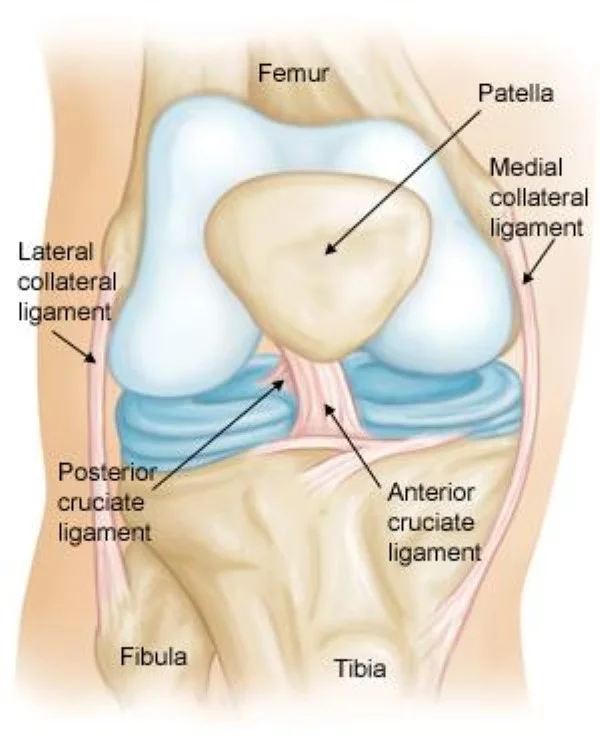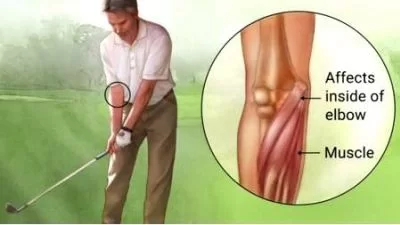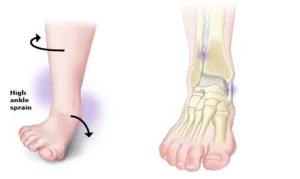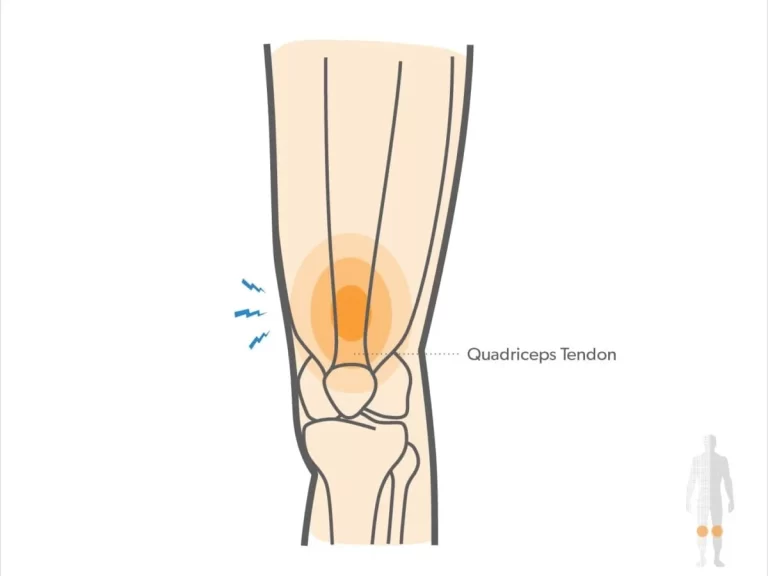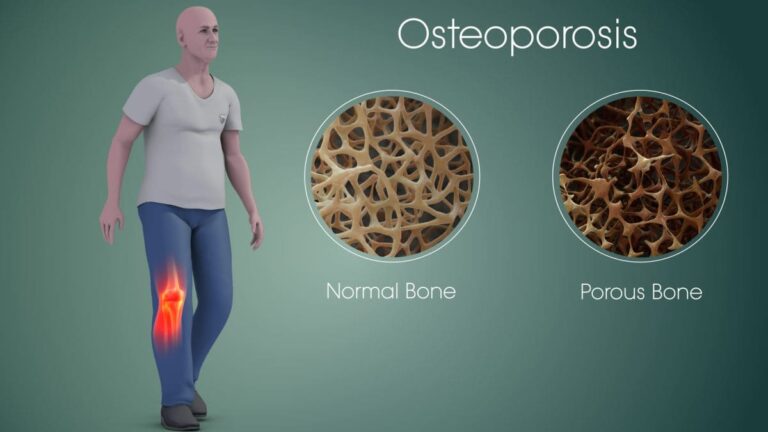Calf Muscle Tightness
What is a Calf Muscle Tightness?
Calf muscle tightness is a common issue experienced by people of all ages, often resulting from prolonged sitting, overuse during physical activities, or inadequate stretching.
The calf muscles, comprising the gastrocnemius and soleus, play a critical role in mobility, balance, and overall lower limb function. Tightness in these muscles can lead to discomfort, restricted movement, and increased risk of injuries such as strains or Achilles tendonitis.
What are the calf muscles?
A combination of two muscles i.e. the gastrocnemius and Soleus is the calf muscle.
Gastrocnemius
The larger of the two muscles is the gastrocnemius. It joins to the rear of the heel via the Achilles tendon, extending above the rear of the knee. To stretch the gastrocnemius muscle, your knee must remain straight.
Soleus:
Below the knee, the deeper soleus muscle connects to the back of the heel. In order to stretch the soleus muscle, the knee must be bent.
Causes for Calf Muscle Tightness
Causes of calf tightness can include
Cramps
Tightness in the calf muscles is frequently caused by cramps. An uncontrollably sudden contraction of a muscle without any relaxation is called a cramp.
Although the exact cause of cramping is unknown, several potential causes include:
- avoiding stretching before an activity.
- weak muscles in the calf.
- Fatigued muscles are caused by a deficiency of sodium or minerals.
Overuse
The calf muscles can get tight from overuse. Overuse of the calf muscles is more likely to occur in people who exercise regularly. However, more serious injuries may be affected, If tight calves are overused.
Strains
Soreness, edema, and tightness in the rear of the lower leg can be symptoms of calf strains. Calf strain results from overly intense exercise that causes the calf muscles to contract and then suddenly extend. In extreme situations, the same motion may result in a calf muscle tear.
Claudication
Your calf muscles may not receive enough circulation due to narrowed arteries, limiting them of oxygen. Walking or exercising might cause muscle soreness if you have intermittent claudication.
Contusions
For example, a firm to the calf may harm muscle tissue without rupturing the skin. Compartment syndrome, a serious illness that stops blood from reaching your leg muscles, can result from severe contusions.
Rarely, what appears to be calf muscle soreness may be DVT. Your lower leg may develop a blood clot as a result of this dangerous illness.
Tendonitis
Your calf muscles are connected to your leg bones by tendons. Your calf muscle may experience pressure or pain when working due to tendinitis, or inflammation of the tendon.
Symptoms
It may not be easy to feel tight calves. The inflammation may cause the muscles to twitch a little or feel warm. They can hurt, especially when you put pressure on them. In certain situations, cramping may occur. Even if the calf isn’t under any pressure, the cramps will remain painful more.
Other symptoms could include the following if the tightness is caused by a strain, overuse, or injury
- bruising and swelling
- abrupt, severe sensations that make it hard to flex the toes
- Calves’ muscle exhaustion
When to see a doctor?
However, they should get medical help right away, If someone thinks they may have DVT. One leg may be heated, swollen, or painful as a result of DVT.
Additional indications that someone should get emergency care for calf pain include:
- Walking pain
- unexplained leg swelling
- excruciating varicose veins
- symptoms that persist after receiving at-home treatment for a few days
However, scheduling a visit with a doctor can help reduce worry, If someone has persistent or painful calf pain.
Treatment of Calf Muscle Tightness
In the majority of cases, medical intervention isn’t necessary for tight calf muscles.
Usually, muscle cramps get relieved on their own. Their duration can range from a few seconds to fifteen minutes or longer. Regularly stretching and exercising the calves may assist if you get cramping frequently.
Take a break from any activity that could strain the calf muscles if overuse is the cause of the tight calves. Unless the overuse results in an injury, treatment isn’t required.
Physical Therapy Treatment
- Stretches
- exercises
Stretching:
- Gastrocnemius stretch
- Soleus stretch
- Standing wall stretch
- Seated towel stretch
- Calf raises
Gastrocnemius stretch
Keep your knee extended to stretch the large gastrocnemius muscle in your back leg. Maintain a straight back leg and place your hands shoulder-high against a wall. Keep your back knee straight, squeeze your heel to the floor, and bend your front knee as you lean forward.
The back leg should feel a little stretched.
Hold for 20 seconds after you feel the stretch. Lean forward more until you feel the stretch again if it becomes less painful. In the starting, attempt not to thrust yourself too much. Perform this three to five times every day.
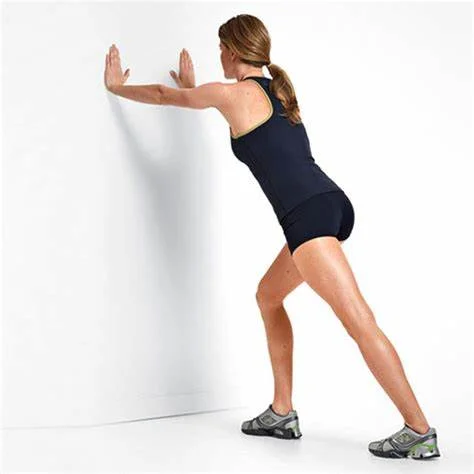
Soleus stretch:
The deeper soleus muscle can be extended by bending your knee. The gastrocnemius muscle relaxes when the knee is bent, allowing the soleus to stretch.
Bend your rear leg while leaning against a wall. Bend the knee even more, maintaining the heel’s contact with the floor. The back of your lower thigh should feel a little stretched.
Hold each repetition for 15 to 20 seconds and repeat three times.
If you don’t feel any stretch, put the ball of your foot against the wall and bend your front knee.
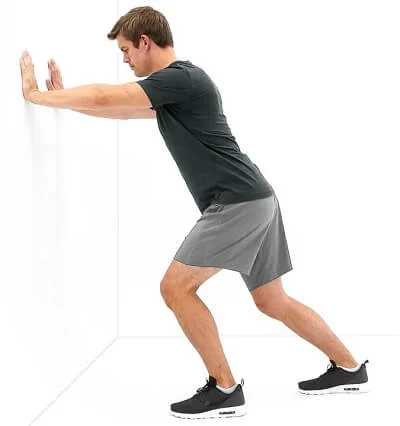
Standing wall stretch:
A standing wall stretch is advised by the AAOS to assist avoid calf cramping. To stretch a wall while standing:
Position yourself in front of a wall and extend your arms so that both hands are flat against it.
Putting one foot over the other.
Hold the position for approximately 30 seconds, pressing the heel of the straight leg into the floor, while the leg nearest the wall is a slight bend in the knee while the foot is flat on the ground and the other leg is straight.
For each leg, repeat.
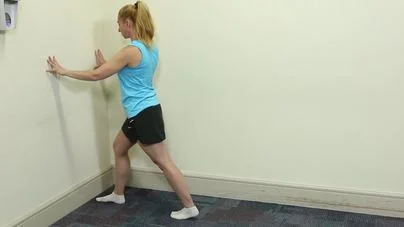
Seated towel stretch:
To stretch with a towel while seated:
Using a towel or exercise band, wrap it around one leg’s upper foot and toes while holding both sides of the band while sitting on the floor with your back standing erect with your legs extended in front of you.
Pull the band or towel back gently while flexing the toes toward the body. Hold the stretch for 30 seconds, then let go and rest for another 30 seconds. Perform three repetitions on each leg.
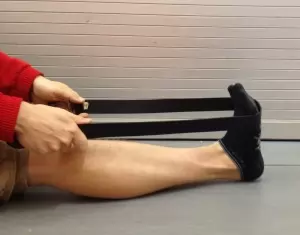
Calf raises:
The calves can be stretched and strengthened using calf lifts. To lift your calves:
Slowly elevate yourself on the balls of your feet after placing your toes and the front portion of your foot on the edge of a stable stool or step.
Ten times, lower yourself back down until your heels fall just below your footballs.
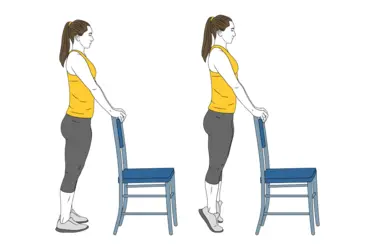
Complication
More issues may arise from tight calves, especially if they don’t get enough rest. Among the possible issues are:
- Shin splints
- stress fractures
- muscular injury
Prevention
Maintaining elastic and pain-free calf muscles may be best achieved by stretching regularly. You can also avoid tense muscles by doing the following:
- Before starting stretching and other exercises, warm up.
- Examine your footwear.
- Compression sleeves should be worn.
- Take massage or physical therapy sessions regularly.
- Improve your general level of fitness.
- Drink plenty of water.
Summary
Calf muscle tightness is a common condition that can cause discomfort, restricted movement, and increased injury risk. It often results from overuse, prolonged sitting, or insufficient stretching. The tightness affects the gastrocnemius and soleus muscles, crucial for mobility and balance.
Proper stretching, strengthening exercises, and addressing underlying causes are essential to alleviate tightness and prevent further complications.
It is important to contact a doctor for diagnosis and treatment if your symptoms are severe or do not go away on their own in a few days. Tight calves are common and simple to handle. In most circumstances, they will disappear on their own and are not usually a reason for alarm. Stretches and RICE are examples of at-home treatments for injuries.
FAQ’s
How to test if calves are tight?
The knee-to-wall (K2W) test is a popular method used in clinics to measure ankle range of motion. Calf tightness can be measured with this easy-to-use and efficient test, which is also known as the weighted lunge test or the dorsiflexion test.
What is calf tightness a symptom of?
Running or participating in high-intensity sports can cause this. Long-distance runners may be more susceptible to calf tightness because endurance sports are known to be particularly stressful on the calf muscles.
Which yoga is best for tight muscles?
Cat-cow pose.
lunge
Pigeon pose.
Legs up on the wall pose.
Downward facing dog pose.
Child’s pose.
Standing forward fold pose.
How do I reduce tightness in my calves?
Calf tightness can be lessened by stretching the calf muscle.
Stretching includes: Gastrocnemius stretch
Soleus Stretch
Seated Towel Stretch
Calf Raises.
Do tight calves affect knees?
In the worst situation, a torn Achilles tendon could result from tight calves, which can also cause knee and ankle pain, decreased ankle mobility, and restricted movement.
References
- Fletcher, J. (2020, February 21). Tight calves: Causes, treatment, stretches, and more. https://www.medicalnewstoday.com/articles/tight-calves
- Professional, C. C. M. (2024a, May 1). Calf Muscle Pain. Cleveland Clinic. https://my.clevelandclinic.org/health/symptoms/22274-calf-muscle-pain
- Marcin, A. (2023, March 14). Stretches and Treatment for Tight Calves. Healthline. https://www.healthline.com/health/tight-calves#stretches

